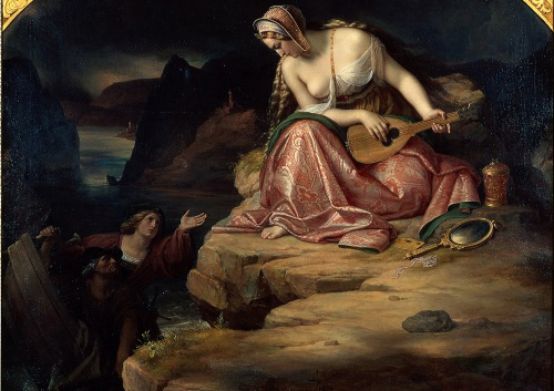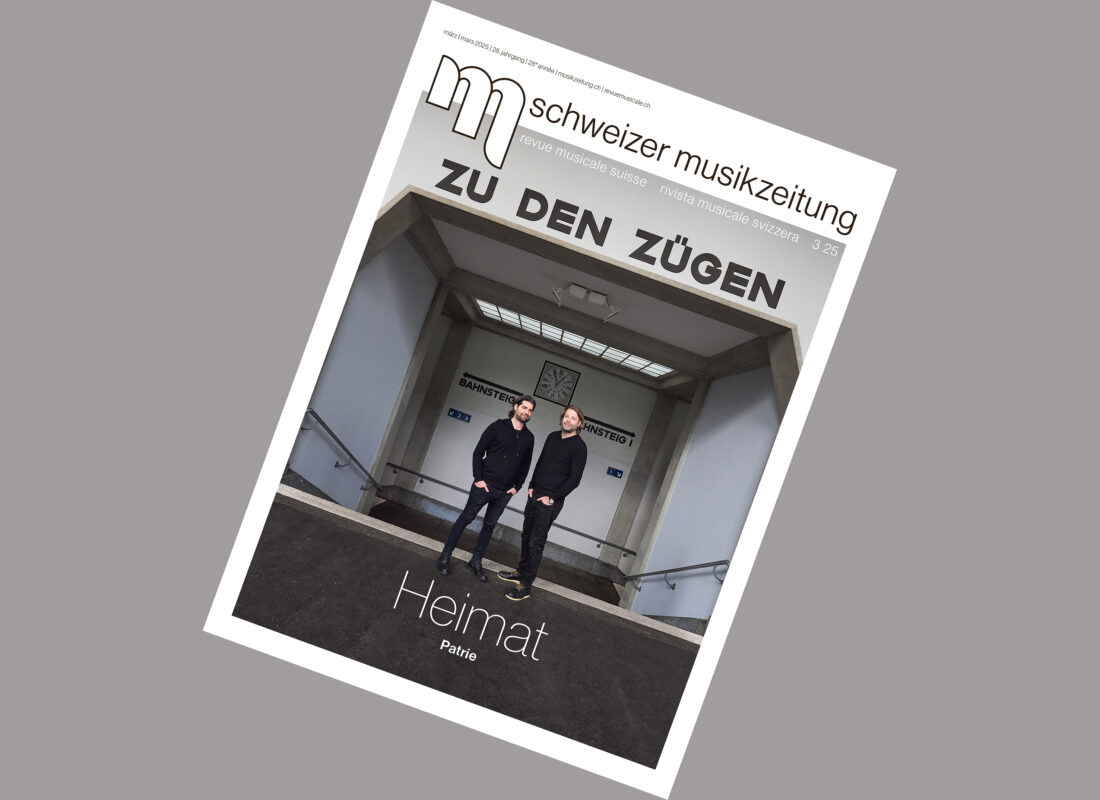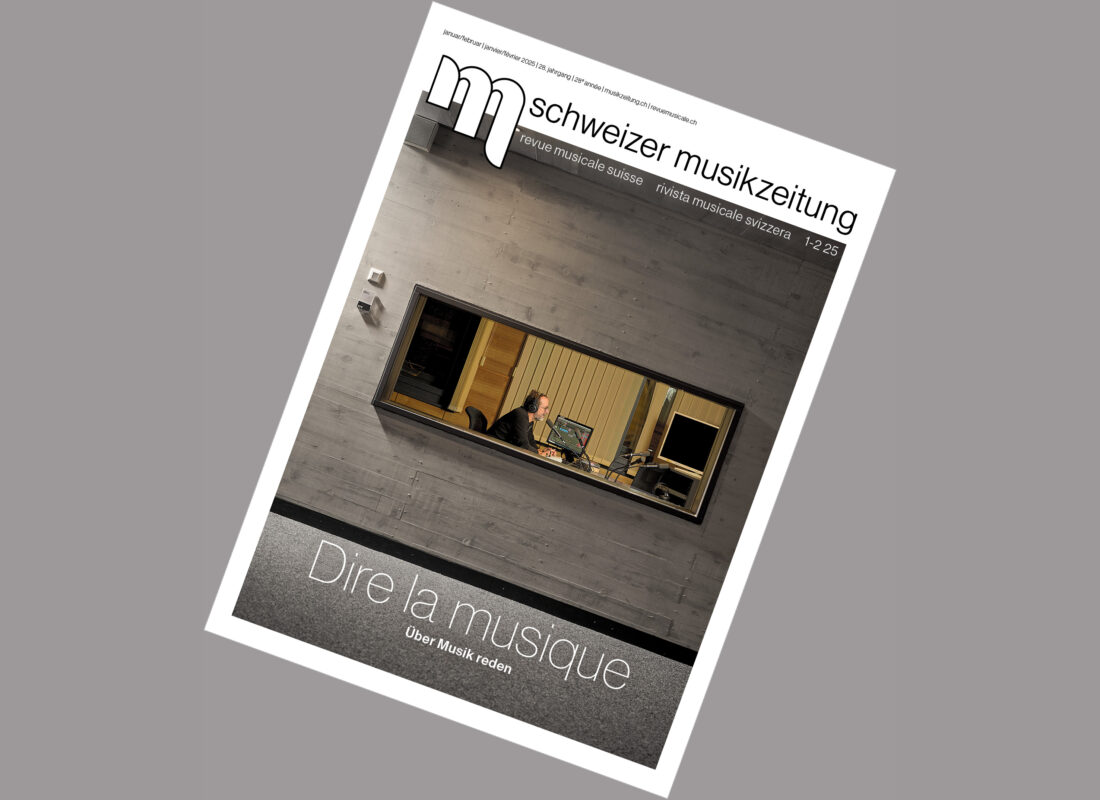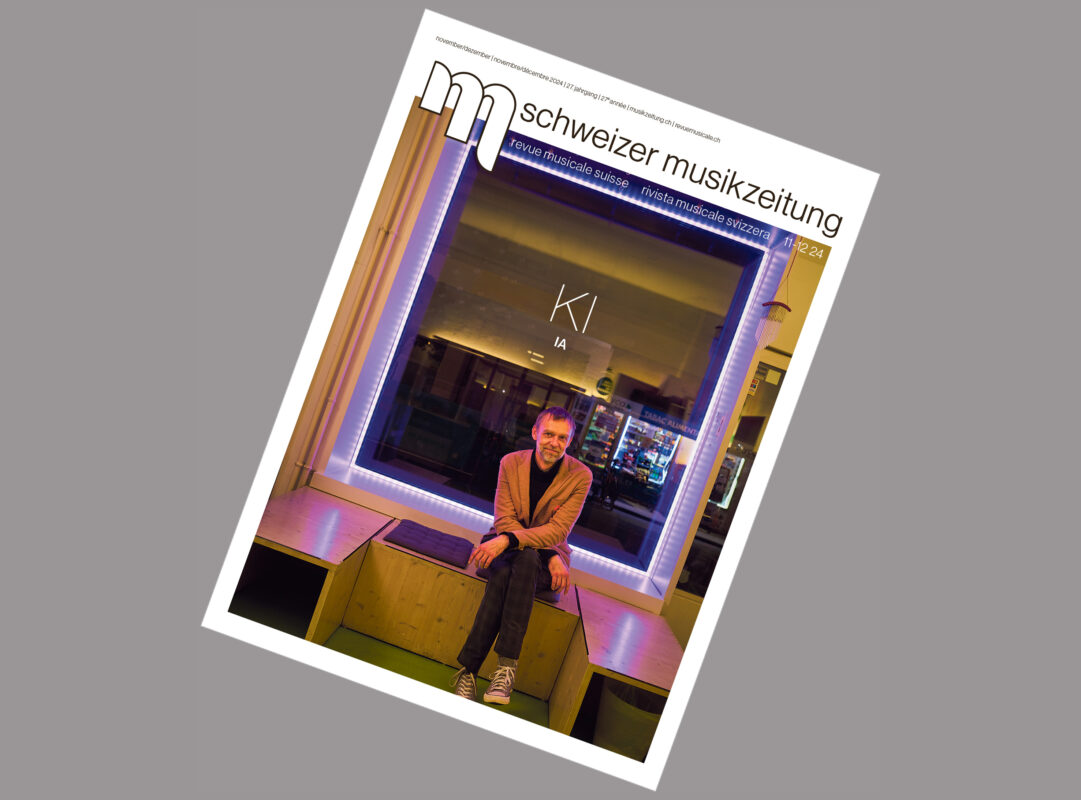Witches, nymphs and the eternal Loreley
Giving young female musicians the opportunity to perform is commendable, but doing so with a cleverly put together program is even more so. A "Hexen" concert in Zurich, Schaffhausen and Wetzikon demonstrated this.


Giving young female musicians the opportunity to perform is commendable, but doing so with a cleverly put together program is even more so. A "Hexen" concert in Zurich, Schaffhausen and Wetzikon demonstrated this.
Since time immemorial, women have had a threatening side to the male world: sinister, seductive, poisonous and of the devil. Witches were burned in Switzerland until 1782. The seductive and fatal woman, the femme fatale, inspired countless painters, poets and composers; mermaids and nymphs were particularly popular in literature and art during the fin de siècle. Tempi passati?
Not quite, because even in recent times there have been examples of witch burnings in Africa and Asia: The composer Maria Porten has taken this as an opportunity to organize the concert Witches in which, in her own words, she wanted to present "various aspects of magic and enchantment". The evening ranged from a romantic verse song to the world premiere of the witch trial by Porten, all of which were superbly interpreted by the young musicians.
The first songs were dedicated to the Loreley, who attracts men with her singing and plunges them into misfortune. It is harmless how Friedrich Silcher sets this story to music in his famous setting of the equally famous Heine poem; as if the elfin creature could not hold back a drop of water. A demonstration of romantic beauty, sung by Anna Herbst with a beguiling cantilena. Franz Liszt's setting was more abysmal; he interprets the text, dramatizes and emphasizes the misfortune of the boatmen.
Rusalka embodies a picture of female longing. Anna Herbst sang the famous aria from Dvořák's fairy-tale opera of the same name in the original language with a melting voice, sensitively accompanied by Sarah Tabitha Staehli on the piano. Max von Schilling's melodrama composed in 1903 The witches' song was performed by Werner Bärtschi as both narrator and pianist. Set in the atmosphere of the fin de siècle, it is about a monk in love who cannot forget the melody sung by his beloved witch at the stake. It is suggestive, leitmotif-like music with a power of attraction similar to that of the sirens. Bärtschi gave the time-bound drama a haunting form.
Maria Porten contrasted these projections of the 19th century male world with her view of witches - witty, playful, elfish, in other words, thoroughly positive. Her gestural music has something consistent in all her works. First up was her setting of Brentano's ballad About Bacharach am Rheine for speaking voice and cello, then the small cycle By the hat of Hermes for soprano, cello and harp on texts by Ariane Braml. Porten plays with all kinds of sounds and ingredients. The dialog between the cello - played dramatically and virtuosically by Ioanna Seira - and the singing voice (Anna Herbst) is skilfully constructed. The title piece was witty, with dance rhythms, beating on the harp body and the use of a whistle; in the last song, the harp evoked the wavering of the Dense fog (Corinne Kappeler).
Finally, the world premiere of the short Witch triala piece for soprano, harp, cello and piano. According to Porten, the "shocking look at the execution of an innocent creature of nature" lacked musical bite, even if a small outburst is dared at the end with powerful cello strokes and piano clusters. A concert that focused less on the horrors and male perspectives of the femme fatale than on offering varied and atmospherically dense moments.
The concerts took place in Zurich, Wetzikon and Schaffhausen from January 24 to 26
World premiere of Mischa Käser's "Verhext"
The composer, choreographer and director calls his latest production "A musical-theatrical minefield", which premiered to a full house at Tanzhaus Zürich on January 23.
Sibylle Ehrismann - Whatever sounds and happens on stage, Mischa Käser has everything under control. Even when he conceives the music, it is always linked to ideas for movement and action, which he then implements on stage. The starting point and inspiration for this performance is Rico Czerwinski's report Bewitchedwhich tells of an emotional minefield: Daughter, father, mother.
The actions of her daughter Tanja (Jelena Dojćinović) serve as a "guide". She "choreographs" the dancers like surreal memory images and lets them loose on her incredible family history. The result is enigmatic sequences of images that always refer to failed relationships.
Lisa Beese, Kilian Haselbeck, Sonja Rocha and Nicolas Turicchia danced these extreme choreographies with expressive fierceness and convincing meaningfulness. The double bass player Daniel Studer played and improvised with virtuosic and eloquent gestures. Studer stood to the left of the stage, with a string quartet from the Collegium Novum Zürich positioned to his right, all outstanding musicians. Käser's whimsical choreographic ideas and his poetically suggestive music complemented each other time and again to create grandiose "nightmare images".








